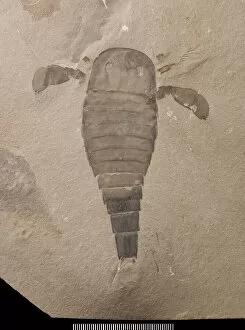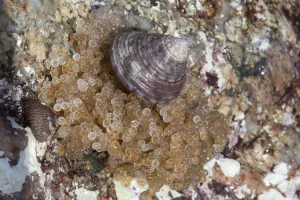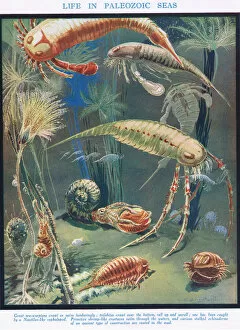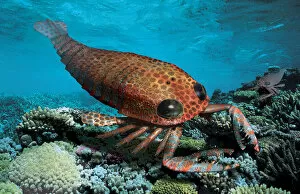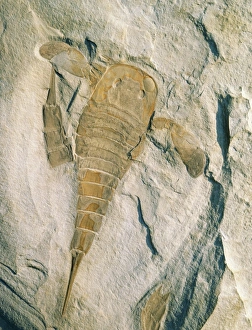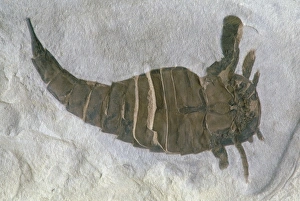Sea Scorpion Collection
The sea scorpion, also known as Eurypterus, is a fascinating creature that roamed the Paleozoic seas millions of years ago
All Professionally Made to Order for Quick Shipping
The sea scorpion, also known as Eurypterus, is a fascinating creature that roamed the Paleozoic seas millions of years ago. This prehistoric eurypterid was truly a sight to behold, as illustrated in The Science of Life with its vibrant colors and intricate details. But the sea scorpion doesn't just belong to ancient times. In fact, the Father Lasher or Sea Scorpion, scientifically known as Myoxocephalus scorpius (Cottus scorpius), can still be found today. Edward Donovan's Natural History of British Fishes showcases this remarkable species in all its handcolored glory. On the shores, you might stumble upon the eggs of another sea scorpion called Taurulus bubalis. These long-spined creatures lay their eggs on the sandy beaches, possibly being carried by European river otters like Lutra lutra who have a taste for Scorpionfish. However, it is Pterygotus that steals the spotlight when it comes to prehistoric sea scorpions. These colossal beings ruled over the Paleozoic Era with their massive size and fearsome appearance. Fossils from this era provide us with glimpses into their existence and remind us of how diverse life once was. One such fossil belongs to Eurypterus tetragonophthalmus from Silurian Europe. Its unique features make it stand out among other species from that time period. Another impressive specimen hails from Pterygotus itself - a true representation of what these ancient sea scorpions were capable of. Whether we look at fossils or observe modern-day counterparts like Myoxocephalus scorpius and Taurulus bubalis, one thing remains clear: sea scorpions have left an indelible mark on Earth's history. Their presence serves as a reminder that our planet has always been home to extraordinary creatures - both past and present.

